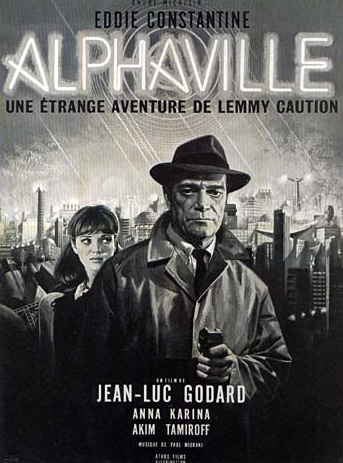This entry has five parts. (One, Two, Three, Four, Five)

The context for learning, education and the arts has altered dramatically over the last few years as has the cultural environment for educators and artists/creators. Part of what I would like to do here is examine the intersection of a number of crucial developments that I think have transformed the terrain of technology, education, art and culture.
This is a grand claim and I would be the first to admit that we are being incessantly told that change has become the major characteristic of the late 20th century. But, I do think that we are witnessing shifts which will have a profound effect not only on the social and political structure of Western countries but on the ways in which In which we see ourselves, act upon and within the communities of which we are a part and how we create meanings, messages and information for the proliferating networks that now surround us.
The one important caveat here is that although I am concerned with the transformations we are experiencing, I will in no way claim that we are undergoing a revolutionary change. I tend to see history as evolutionary, which in no way precludes dramatic shifts from occurring. As intellectuals, artists, technology developers and educators, I believe it is our responsibility to become active within this environment and to develop the critical and creative tools to respond to the ongoing evolution of an emerging aesthetic of interactivity in which aesthetic goals are linked with ethical goals and are based on a perspective of caring for both the individual and the larger economic, political, ecological, social and spiritual circumstances that create contexts for the individual. (Carol Gigliotti;Bridge to, Bridge From: The Arts, Technology and Education? Leonardo, Vol. 31, No. 2, April-May, 1998 p.91)
Our cultural claims about the various factors that produce change tend to be linear, the line being one that moves along a fairly straight, if not narrow trajectory from the less complex to the more complex. The approach that I will take looks at the displacements that are created by the movement from one phase to another, movement in this instance being more like transportation framed by what Bruno Latour has described as connections, short circuits, translations, associations, and mediations that we encounter, daily. (Bruno Latour, Trains of Thought, Common Knowledge, Vol. 6, # 3, Winter, 1997, p. 183.)
So, I will begin by exploring the various conjunctures and disjunctures created by the presence of digital technologies in nearly every aspect of the cultural context of the early 21st century. My goal, however, is not an overview, but rather, to raise as many questions as I can in order to introduce increasing levels of mediation both to our understanding of the digital and to our creative transformation of the digital into various media of communication.
To be continued.....